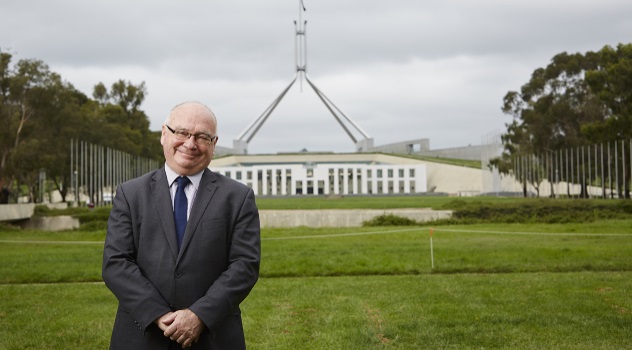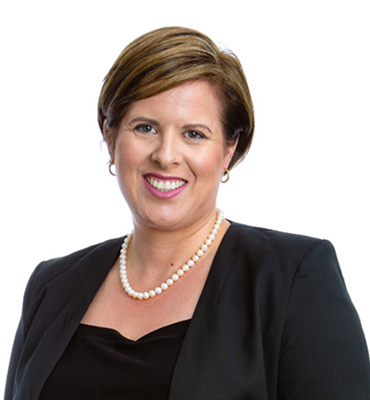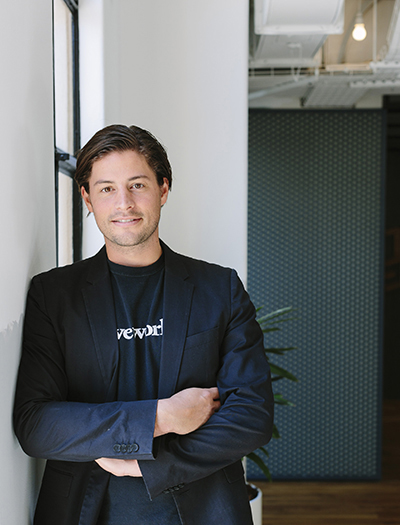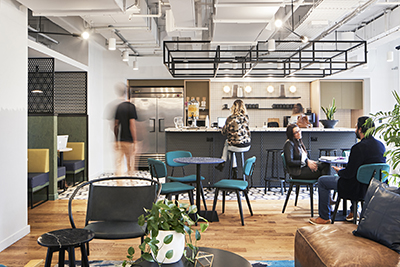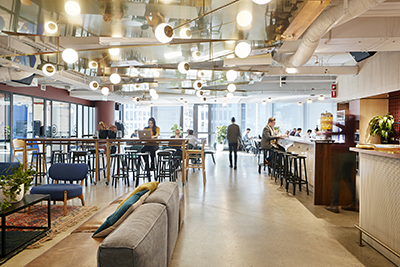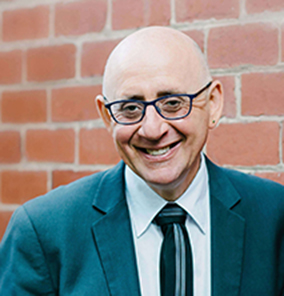And after the election ... what then?
By John Sheridan >>
AUSTRALIA is being impacted on two fronts – by trade threats and by digital disruption.
Our reliance on selling one product 'minerals' into one market 'China' leaves us highly exposed. Relying too heavily on minerals, food and education as our major exports, leaves us vulnerable to political whims and fancies, trade wars and real wars – none of which are controllable by any Australian government.
And digital disruption has not gone away. The impact of over 20 disruptive technologies on jobs and businesses continues. We have barely yet woken up to the threat, let alone created any real strategies to deal with the impacts.
We have to defend our families, children, grandchildren, businesses and regions against trade threats AND digital disruption.
Which means diversification -- both in the creation of products and services, as well as in expanding our overseas markets.
Turnbull was right. We need an innovation nation. 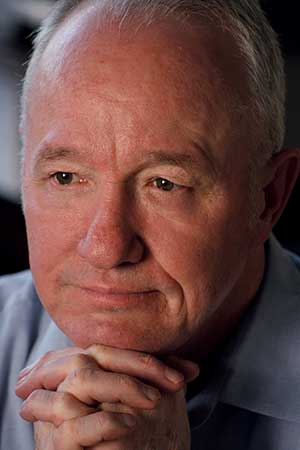
We already have the potential for an innovation nation. We are just not managing the resources we have -- the innovators in our towns, cities and regions, in our schools, universities and TAFEs. In our brains, our eyes and our hands.
Selling dirt to China is not the only tool in the toolbox.
We have many others. And we have to use them.
For we live in precarious times.
In Australia, it makes strategic sense to significantly increase the number of trade partners we engage with and to diversify production across a much wider range of products and services. We cannot afford to become captive to trading partners with a very different view of 'shared value'. Selling just one big egg from one big basket.
WHAT ARE THE RISKS?
We need to mitigate risk. Quickly.
According to Roy Morgan Research, unemployment in March 2019 was 10.9 percent, with another 9.7 percent of the workforce underemployed. So 20.6 percent of Australians are now either unemployed or underemployed. Roy Morgan measures real unemployment in Australia, not the perception of unemployment, like the ABS.
Currently, digital disruption and its impacts on jobs is viewed a bit like climate change. The impacts are off somewhere in the future. Which is correct. But that future is closer than you might think.
Artificial Intelligence (AI), 3D printing, Augmented Reality, Internet of Things, Blockchain, Cloud services, BIM, GPS, 5G, Cryptocurrency, Cybersecurity, Drones, Digital Identity, Holochain, IP protection, Mobility, Nanotechnology, Robots, Solar and Battery Storage, Virtual Reality, Amazon, airbnb, Freelancer, Uber etc, not forgetting climate change and “fake news” all present threats to jobs in Australia and across the world, as well as opportunity.
And jobs do not exist in a vacuum.
Employers offer jobs. And employers make people redundant. And big businesses answer to shareholders wanting dividends and profit. And small businesses have to pay wages.
And the current myth that employers won’t replace people with technology, but will retain workers and just reallocate tasks is just a wish and a dream. The reality is that technology comes in the door and people go out.
Even in organisations that have more than enough money to redeploy people if they choose to, such as banks – they don’t. The ANZ has cut 5,250 employees. The National Australia Bank has retrenched 6,000 employees.
The big four banks in Australia are expected to shed up to 40,000 jobs over five years. Some new jobs in technology and analytics will be created, but overall it’s net job loss. Telstra is cutting 8,000 jobs. Optus is cutting 400. And so on.
So even in companies with big profits, people are not being redeployed, they are being unemployed.
This trend will continue.
And in the next 10 to 15 years, another 4.5 million jobs will be threatened as AI and other disruptive technologies really take hold. Which for our children and grandchildren in Australian schools is going to be a big challenge.
So we need to start understanding, managing and pushing back against this threat, before it becomes a promise.
Youth unemployment is a problem. 'Over 40 years old' unemployment is a problem. Job transition is a problem.
DEFEND AND ATTACK
We must defend.
We have an abundance of productive industries in Australia. And an abundance of resources. We have the capacity to reframe what we do and where we focus our efforts. We have a world-class innovation engine in CSIRO/Data61 and our universities.
We must attack.
We can add value to products and services through research, design, branding and marketing. But we have to start with a 'big picture' vision, joining the pieces of the puzzle. Bringing it all together.
The opportunity is there in front of us. (“We are a big country, with a small population but we are ratshit at collaboration.”) Only by collaborating and showcasing what we (Australia) can offer to the world will we be successful.
The tools and solutions are on the table. We just need to pick them up and use them.
And…a lot of people are going to miss out. Even more than before.
Working with partners we must explore new options to address the issue of exclusion.
Not everyone has the skills or capabilities to benefit from digital disruption. We need to establish a framework of opportunities that recognise individual contributions in different ways. We have to move our thinking beyond 'effort = wage' to Universal Basic Income, Tokenisation. New job creation. Reward meaningful roles and activities. Shared value.
Thinking about solutions to this issue has barely begun. But thinking has begun. It just needs to go further and faster.
There is still a lot more to be done. And we have hardly started.
The RED Toolbox, the ED Toolbox and the Australian Innovation Showcase are tools to defend and attack trade threats and digital disruption.
Join the platform and let’s see what we can do. Collaboratively.
John Sheridan is CEO of Digital Business insights, an organisation based in Brisbane, Australia, which focuses on helping businesses and communities adapt to, and flourish in, the new digital world. He is the author of Connecting the Dots and getting more out of the digital revolution. Digital Business insights has been researching and analysing the digital revolution for more than 15 years and has surveyed more than 50,000 businesses, conducting in-depth case study analysis on more than 350 organisations and digital entrepreneurs. Now DBi is turning that research into action through a series of digital business development platforms, the first of which launched in 2016, the Manufacturing Toolbox. DBi has now also launched a series of international online trade showcases, promoting Australian goods and services to specific countries and promoting use of those showcases in those countries. The first, just launched, is the Australia-Taiwan Trade Showcase. Coming soon are trade showcases for Japan, Hong Kong-China, Korea, Japan, Indonesia, Singapore and India. Australia's Regional Economic Development (RED) Toolbox has now been launched at http://theredtoolbox.org.

 How to resolve AdBlock issue?
How to resolve AdBlock issue? 